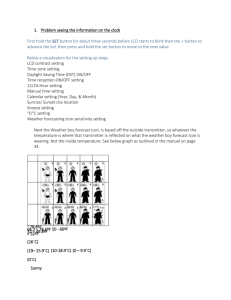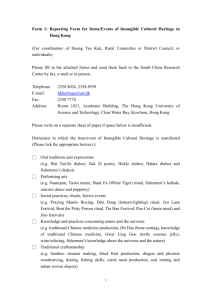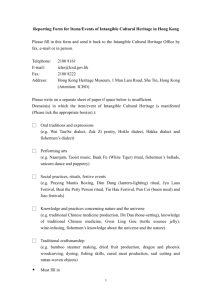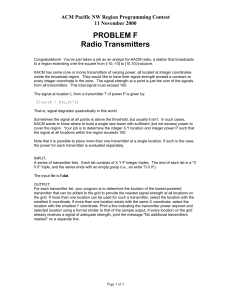K0736174
advertisement
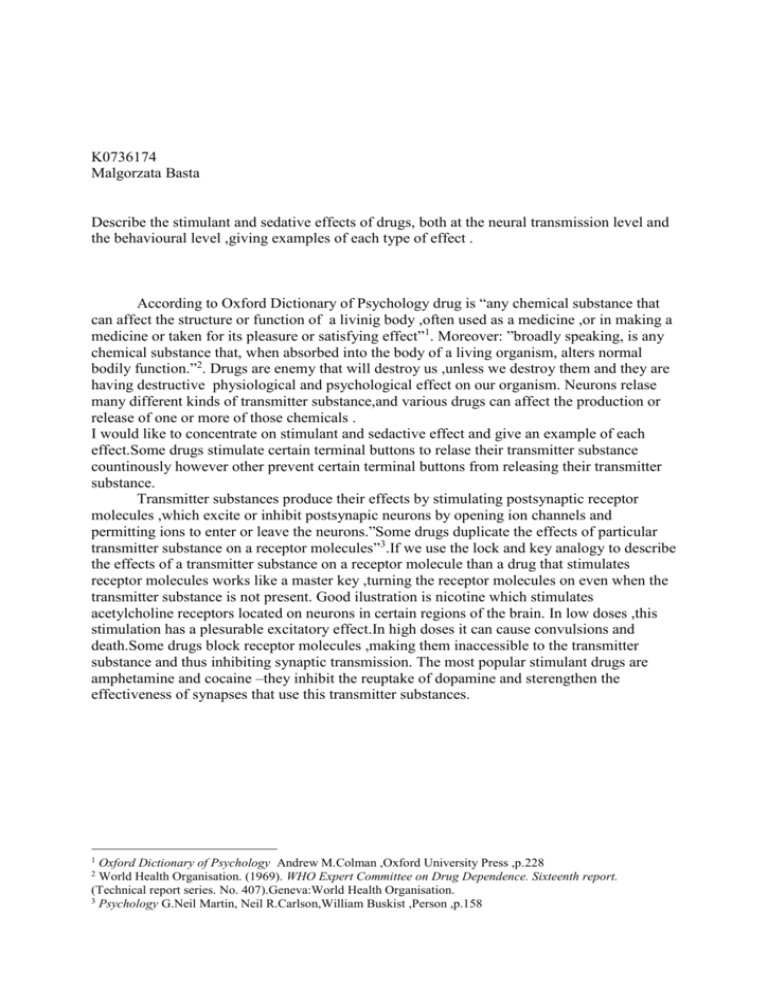
K0736174 Malgorzata Basta Describe the stimulant and sedative effects of drugs, both at the neural transmission level and the behavioural level ,giving examples of each type of effect . According to Oxford Dictionary of Psychology drug is “any chemical substance that can affect the structure or function of a livinig body ,often used as a medicine ,or in making a medicine or taken for its pleasure or satisfying effect”1. Moreover: ”broadly speaking, is any chemical substance that, when absorbed into the body of a living organism, alters normal bodily function.”2. Drugs are enemy that will destroy us ,unless we destroy them and they are having destructive physiological and psychological effect on our organism. Neurons relase many different kinds of transmitter substance,and various drugs can affect the production or release of one or more of those chemicals . I would like to concentrate on stimulant and sedactive effect and give an example of each effect.Some drugs stimulate certain terminal buttons to relase their transmitter substance countinously however other prevent certain terminal buttons from releasing their transmitter substance. Transmitter substances produce their effects by stimulating postsynaptic receptor molecules ,which excite or inhibit postsynapic neurons by opening ion channels and permitting ions to enter or leave the neurons.”Some drugs duplicate the effects of particular transmitter substance on a receptor molecules”3.If we use the lock and key analogy to describe the effects of a transmitter substance on a receptor molecule than a drug that stimulates receptor molecules works like a master key ,turning the receptor molecules on even when the transmitter substance is not present. Good ilustration is nicotine which stimulates acetylcholine receptors located on neurons in certain regions of the brain. In low doses ,this stimulation has a plesurable excitatory effect.In high doses it can cause convulsions and death.Some drugs block receptor molecules ,making them inaccessible to the transmitter substance and thus inhibiting synaptic transmission. The most popular stimulant drugs are amphetamine and cocaine –they inhibit the reuptake of dopamine and sterengthen the effectiveness of synapses that use this transmitter substances. 1 Oxford Dictionary of Psychology Andrew M.Colman ,Oxford University Press ,p.228 World Health Organisation. (1969). WHO Expert Committee on Drug Dependence. Sixteenth report. (Technical report series. No. 407).Geneva:World Health Organisation. 3 Psychology G.Neil Martin, Neil R.Carlson,William Buskist ,Person ,p.158 2 -2- Sedative effect coused some drugs –anti-anxiety or anxiolytic drugs and it’s connected with depress behaviour , relaxation or sometimes loss of consciousness. In most cases ,the depression is caused by stimulation of a class of receptor molecules and it’s activated by neuromodulators produced by the brain .Barbiturates depress the brain’s activity by stimulsting a particular category of neuromodulator receptors. “In small doses barbiturates have a calming effect .In higher doses they produce difficulty in wolking and talking unconsciousnrss coma and deth.”4.Is used by people who want to achive the relaxind and calming effect and their are sometimes prescribed as a medication for sleep. Anti-anxiety drugs are called benzodiazepines ,which include Valium. “Drug stimulate some sort of neuromodulator receptors located on neurons in many parts of the brain including the amygdala.”5This drugs are effective in reducing anxiety and ocasionally used to treat people who are affected by periodic attacks. This behavioural effect suggest that they are involved in the regulation of mood and as a control of sleeping. Similar depresant drug is ethyl alcohol which has very similar effect to those of barbiturates .Larger doses of alcohol reduce anxiety ,disrupt motor coordination and then cause unconsciousness coma and finally death. In conclusion it’s very important to mention that no metter how and which drug we use there will be always fatal effect to our organism . Drugs can affect consciousness in several different ways and there is only one step to be drug addict and to destroy our body and even die. REFERENCES: 1/ Oxford Dictionary of Psychology Andrew M.Colman ,Oxford University Press 2/ WHO Expert Committee on Drug Dependence. Sixteenth report. (Technical report series. No. 407).Geneva:World Health Organisation. 3/ Psychology G.Neil Martin, Neil R.Carlson,William Buskist ,Person 4/ Drugs and Drug Use in Society, Ross Coomber, Greenwich Readers, Greenwich University Press 5/ Drugs. Cultures ,Control & Everyday Life ,Nigel South ,Sage Publications 4 5 op. cit.p.159 Drugs and Drug Use in Society, Ross Coomber, Greenwich Readers, Greenwich University Press p.18
